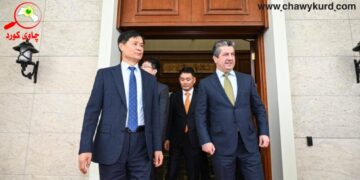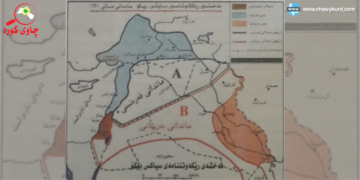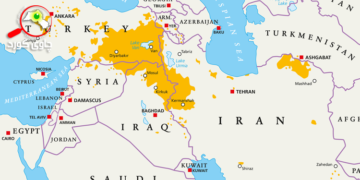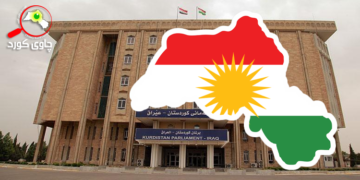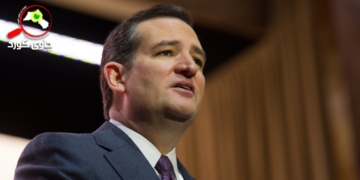Despite past rhetoric, the United States currently has no immediate plans to completely withdraw its approximately 900 military units from West Kurdistan (northeastern Syria). Due to some points:-
- Initial Involvement: – The US Army’s war in Syria began in September 2014 when coalition forces launched air strikes against the Islamic State of Iraq and the Levant (ISIL) in both Syria and Iraq. The United States contributed about 2,000 troops to the effort and supported the creation of the Syrian Democratic Forces (SDF), which consisted primarily of Kurdish People’s Defense Units (YPG) forces.
- Shifting Priorities: – by passing time, the role of the United States advanced. While initially focused on fighting ISIS, it later aimed to limit Iranian dominance in Syria. President Trump ordered the withdrawal of ground troops in 2018, but a smaller emergency force of about 400 troops remained to maintain stability and deal with a power vacuum.
- Ongoing challenges: – The situation remained complex. US forces have targeted Iranian-backed militias in eastern Syria and stressed the need to protect their personnel, but the Syrian, Russian and Turkish governments have expressed opposition to the US presence, each for different reasons.
- Strategic Considerations: – Balancing regional stability, counterterrorism efforts and geopolitical interests will determine the future of the US military presence. The situation will remain chaotic and decisions will depend on evolving circumstances.
Ongoing negotiations
Since March 2024, discussions have been continuing about a US military presence in Syria. In the aspect of security challenges and political pressure, the Pentagon has held talks with its Iraqi counterparts to investigate the relocation of the US military mission in Iraq. Additionally, there have been reports of possible discussions about changing positions in Syria. The situation remains confusing and decisions are likely to depend on the developing situation in the region.
Regional coalitions’ views on the negotiations
The Biden administration’s Syria policy has paved the way for avoiding these conflicts, which affects the dynamics of the region. Here are some dimensions to the analysis:-
- Changes in US policy: The Biden administration’s Syria policy emphasizes maintaining US military readiness to fight and prevent the resurgence of the Islamic State of Iraq and the Levant (ISIL), continue domestic ceasefires, and improve the humanitarian situation. However, this approach is not a comprehensive strategy to influence the course of the Syrian conflict.
- Regional satisfaction: – Despite US policy, regional allies have taken steps to normalize relations with the Syrian regime. Interpol’s decision to allow Syria to rejoin its network without U.S. objections signals a move away from the political nature of the conflict and a growing acceptance of the status quo.
- Growing authoritarianism: – Syrians face a realistic challenge, where the control of Bashar al-Assad’s regime over much of Syria is becoming more assured. Efforts to normalize relations with the Syrian regime have reinforced the authoritarianism, exposing Washington’s lack of commitment to its sanctions policy and coordination with its allies. Regional allies are navigating a complex future in which American non-alignment intersects with their own interests and geopolitical realities.
















